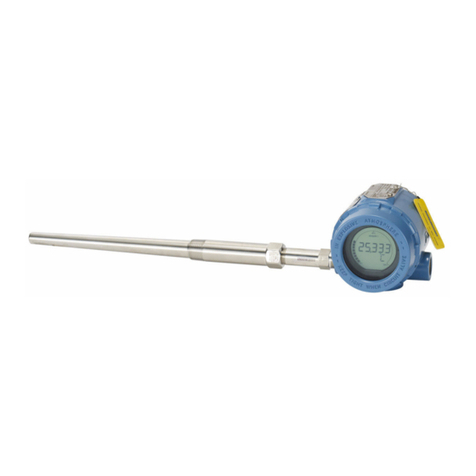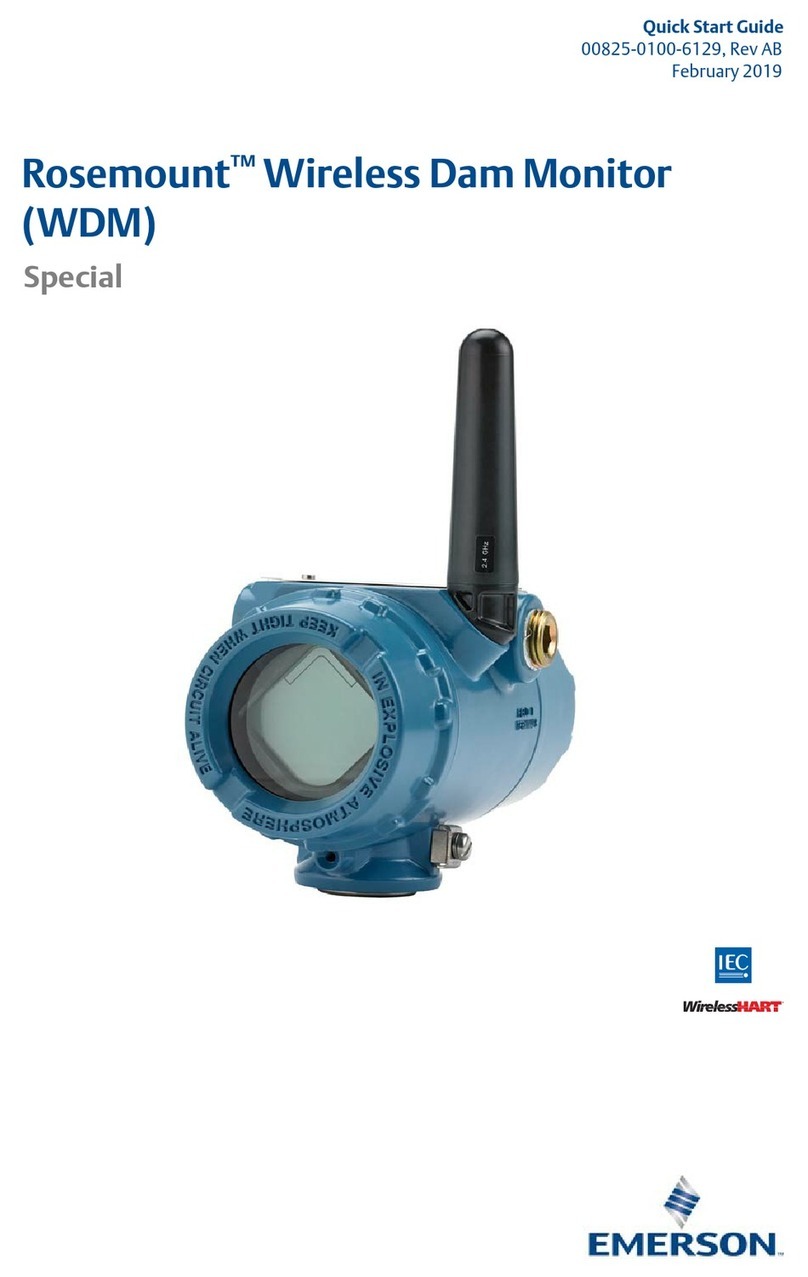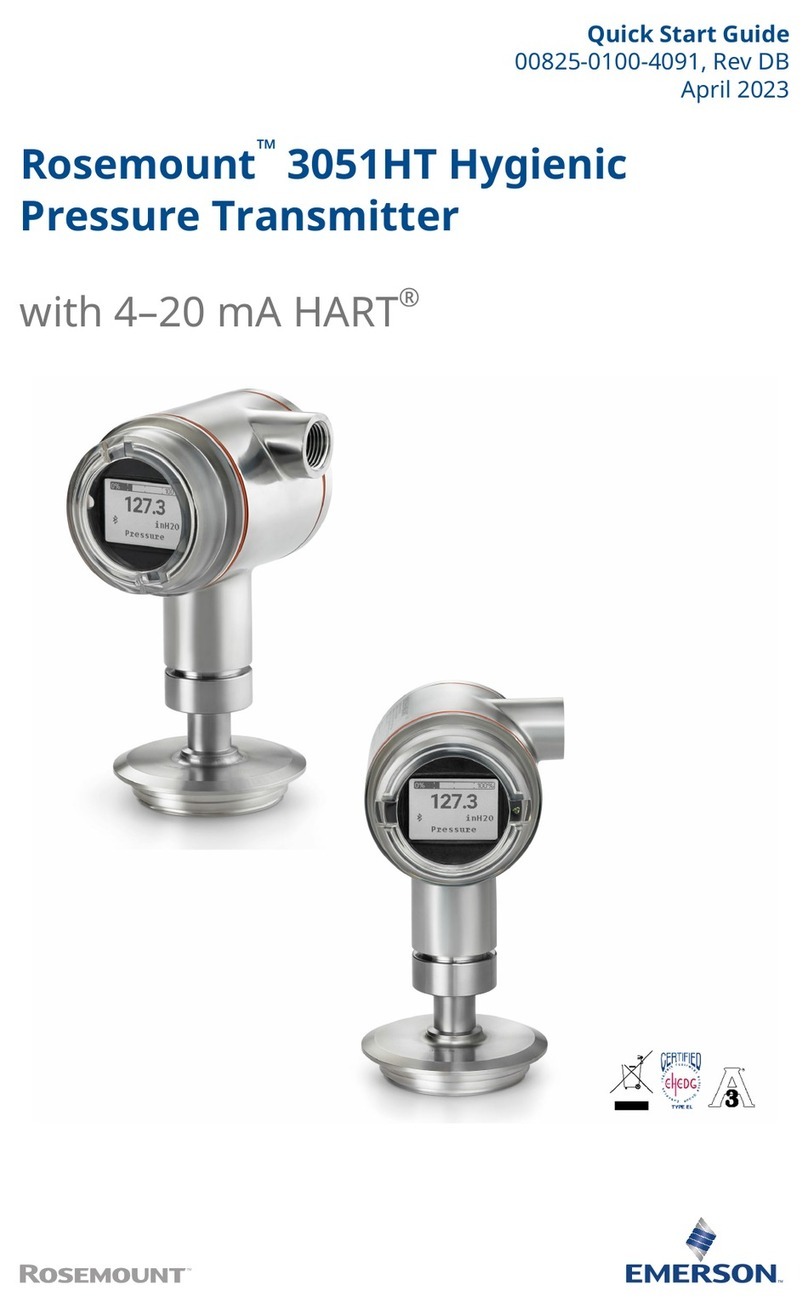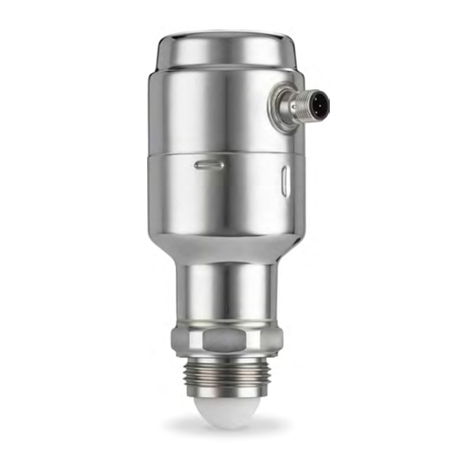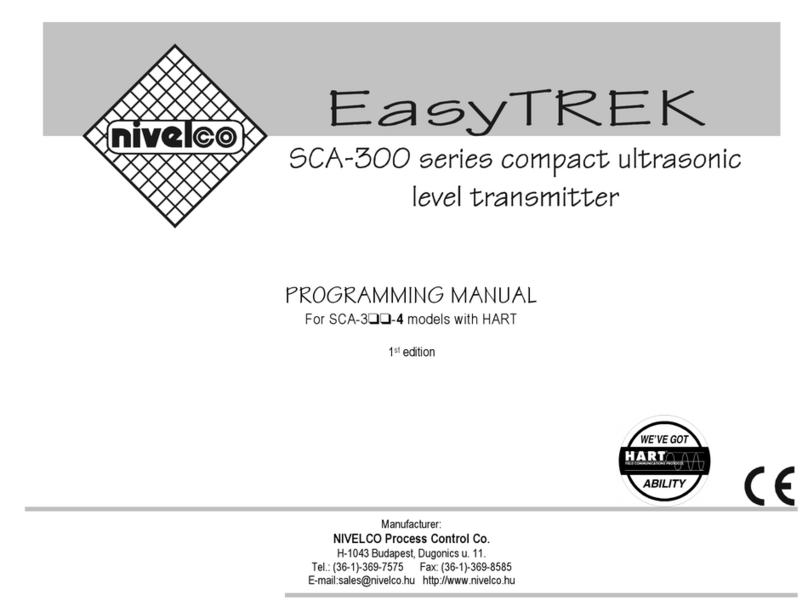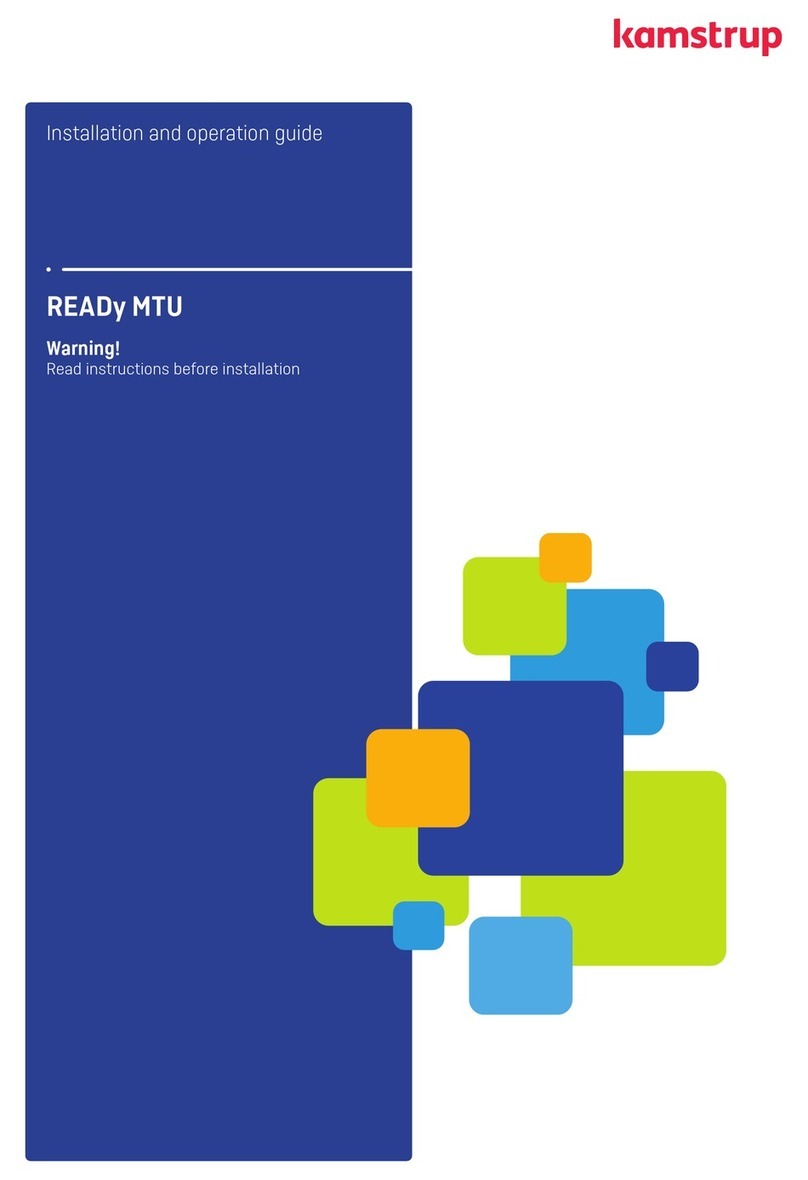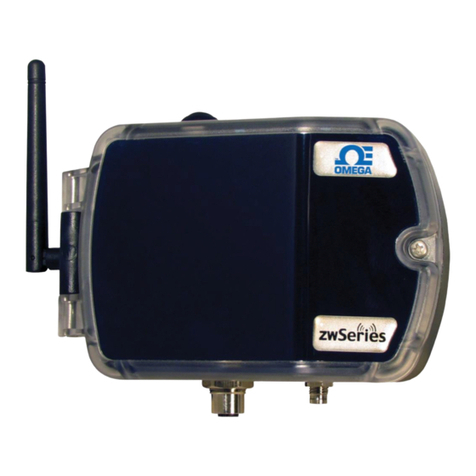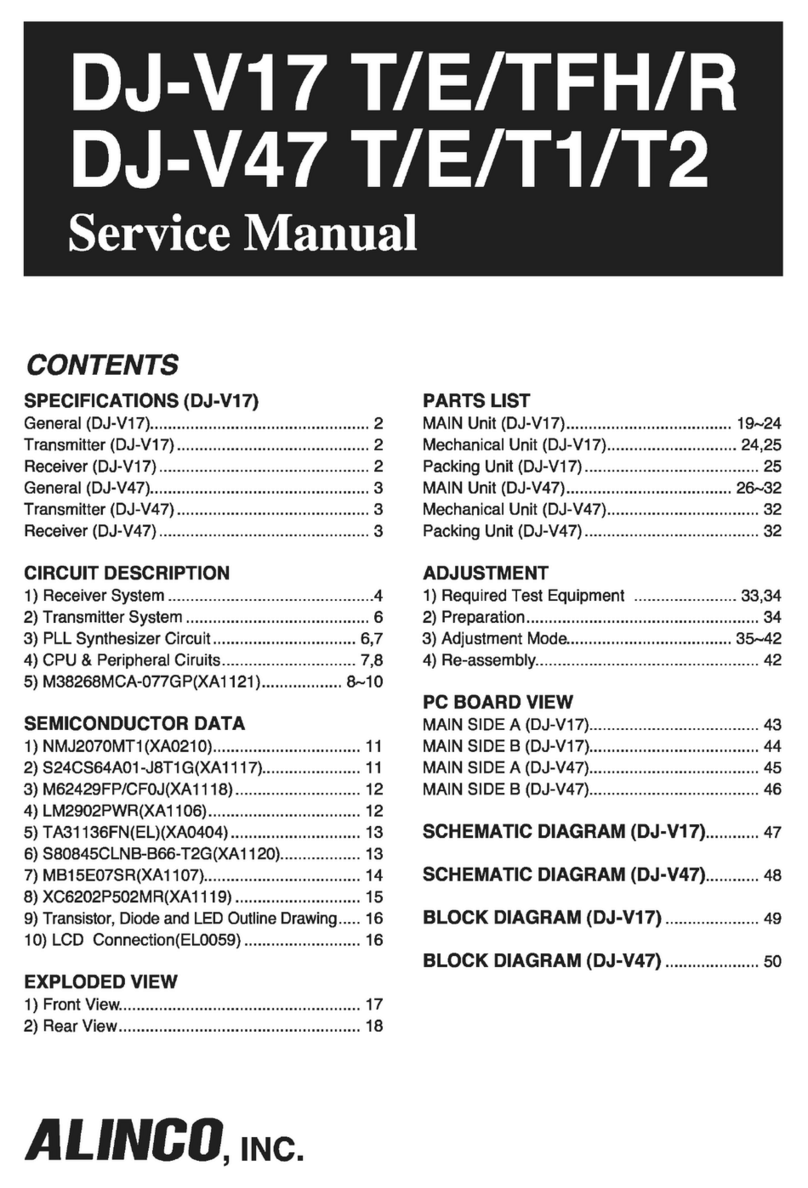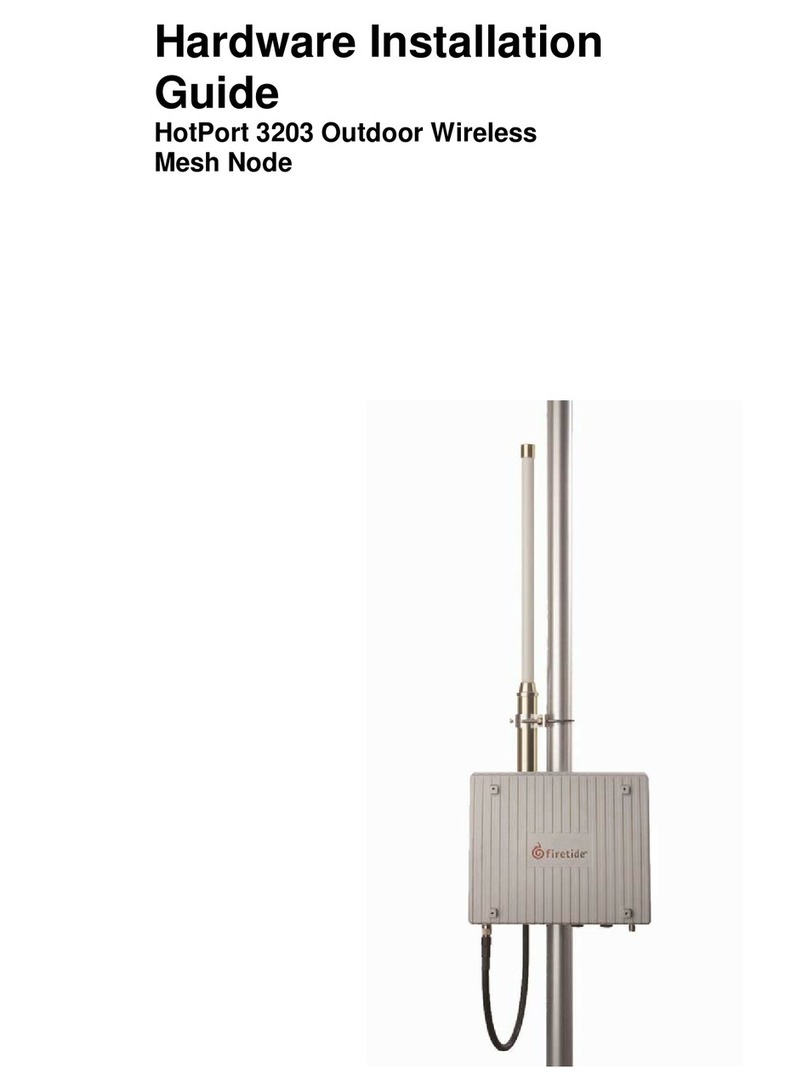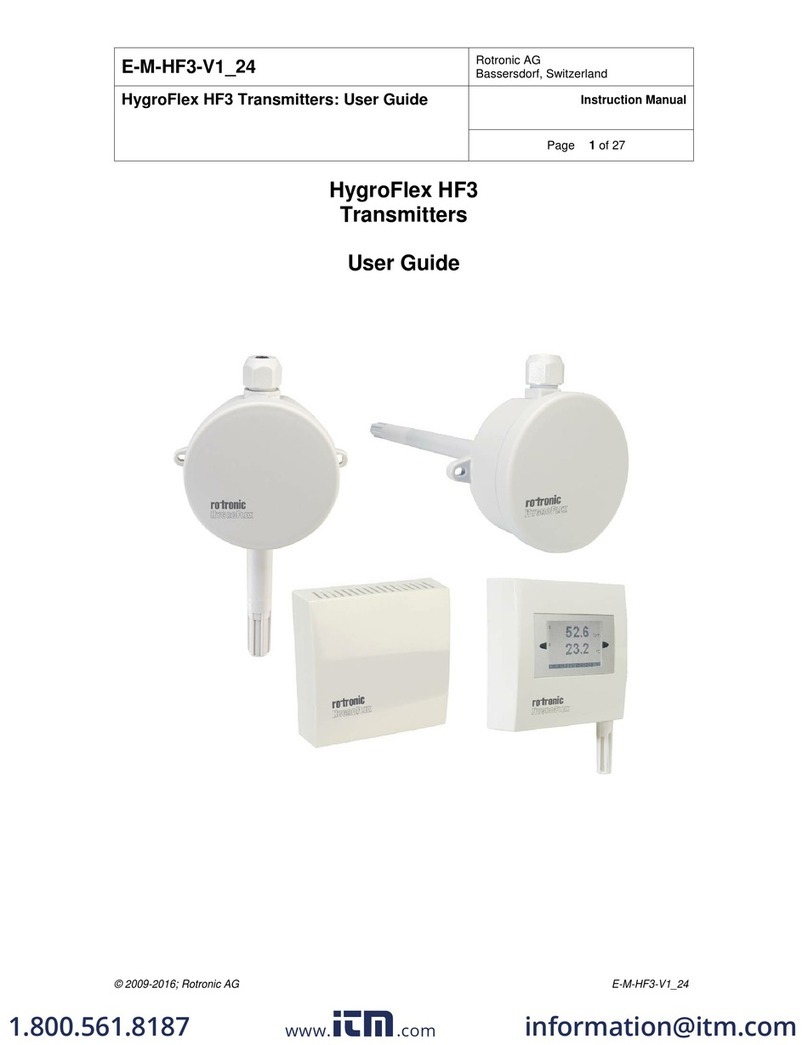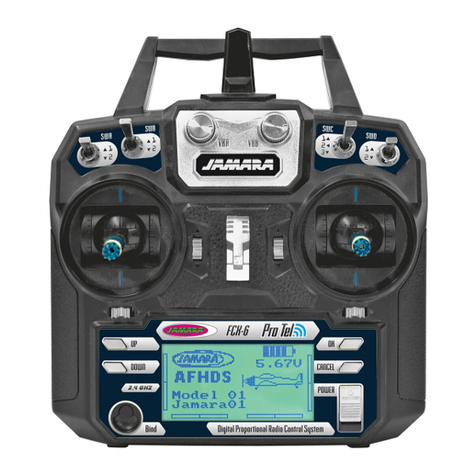Emerson Rosemount 3051HT User manual
Other Emerson Transmitter manuals

Emerson
Emerson Rosemount 3051HT User manual
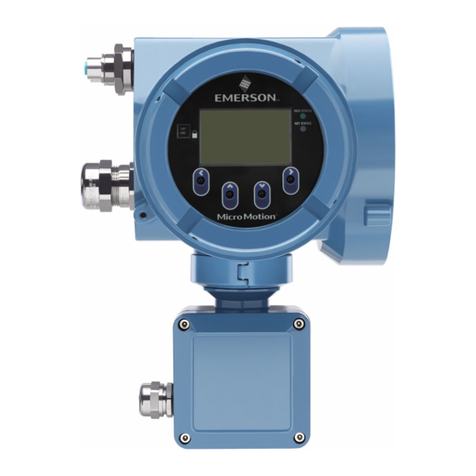
Emerson
Emerson Micro Motion 5700 User manual
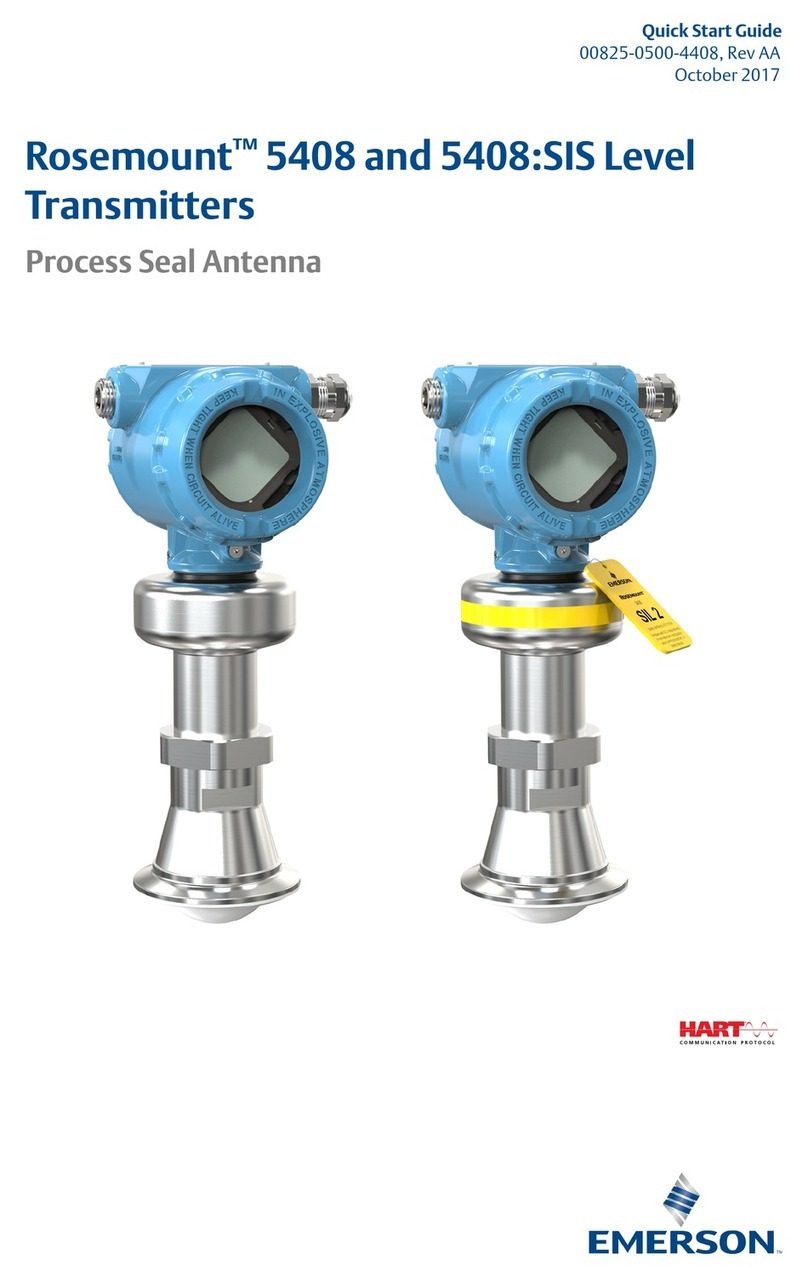
Emerson
Emerson Rosemount 5408 User manual
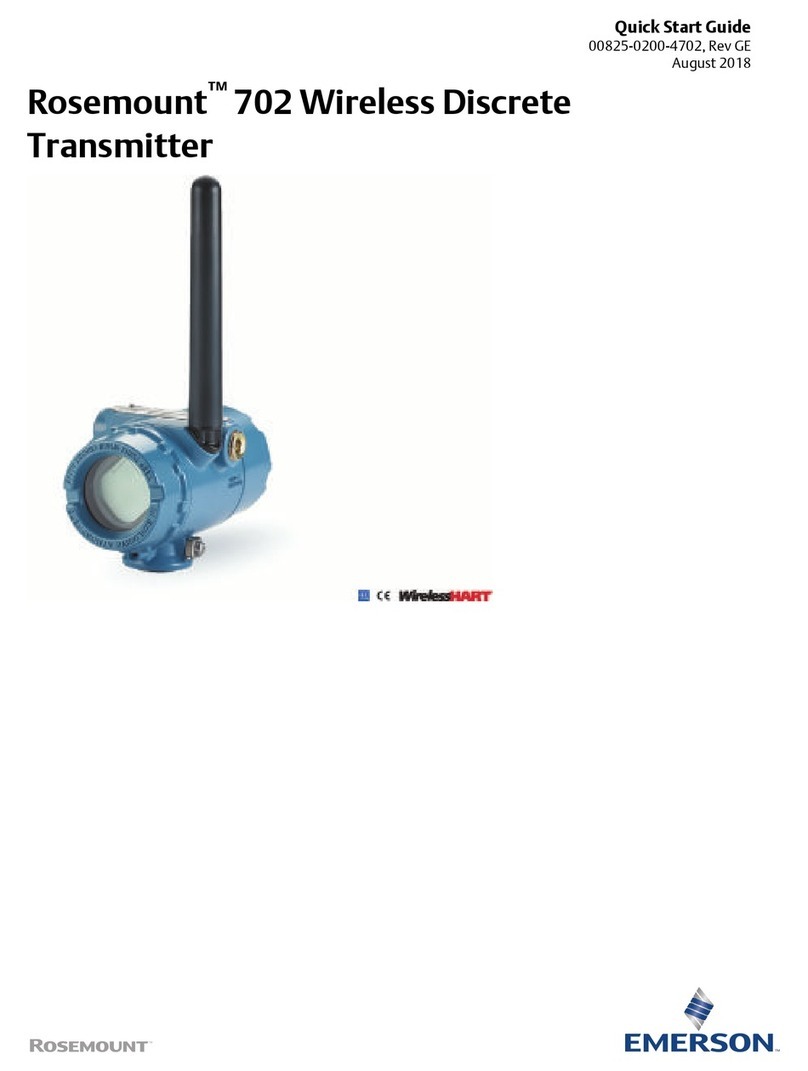
Emerson
Emerson Rosemount 702 User manual
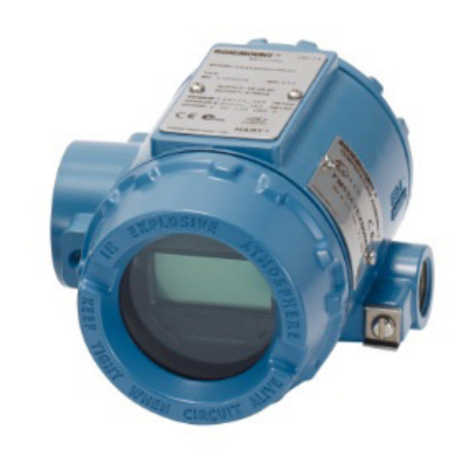
Emerson
Emerson Rosemount 644 with HART Protocol User manual

Emerson
Emerson Rosemount 8782 User manual

Emerson
Emerson Rosemount 3051 Series User manual
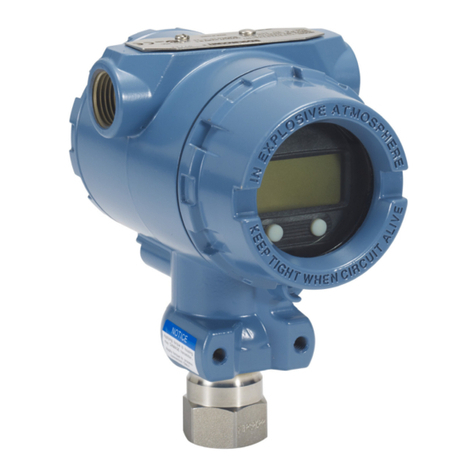
Emerson
Emerson Rosemount 2051G User manual
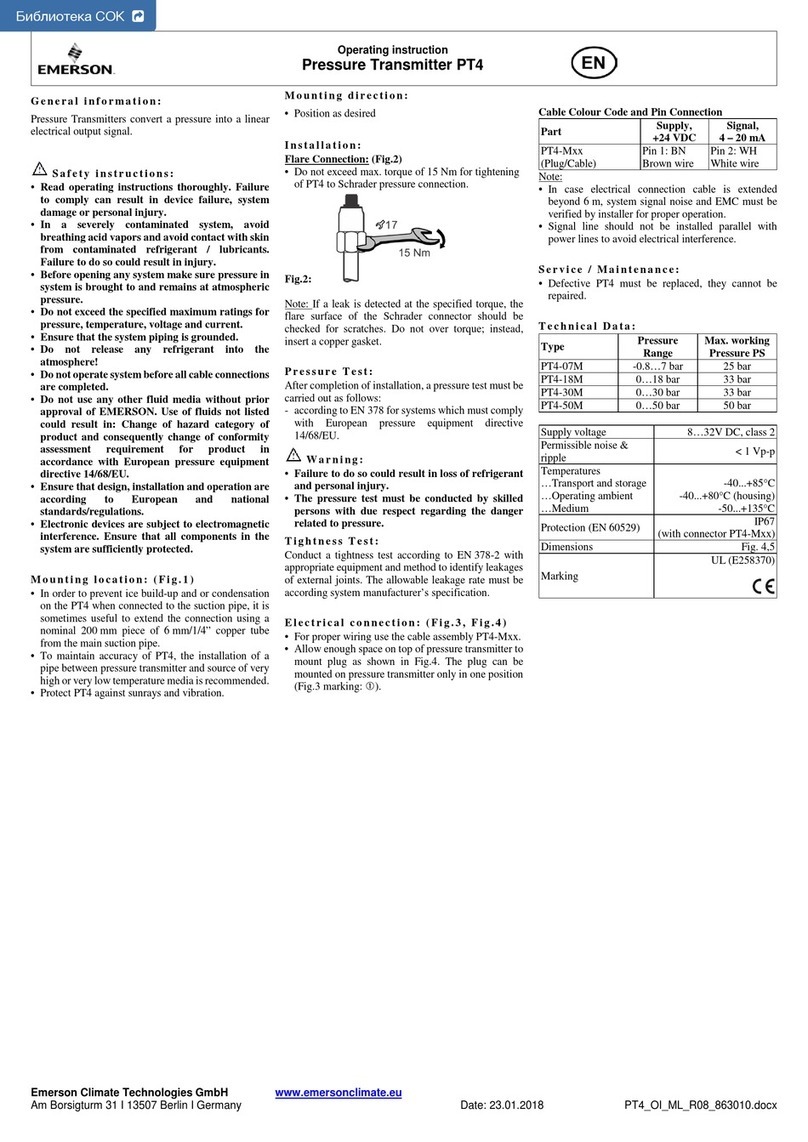
Emerson
Emerson PT4 User manual
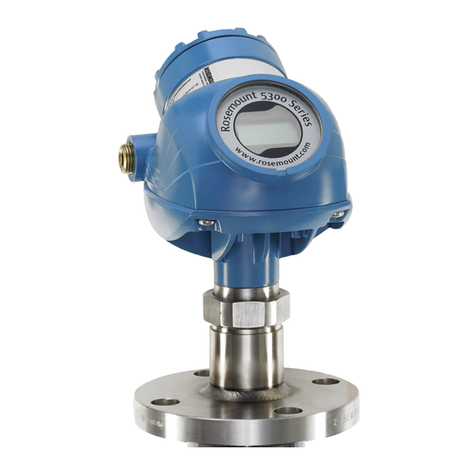
Emerson
Emerson Rosemount 5300 Series Operational manual

Emerson
Emerson Rosemount 5400 Series User manual

Emerson
Emerson Rosemount 5300 Series User manual
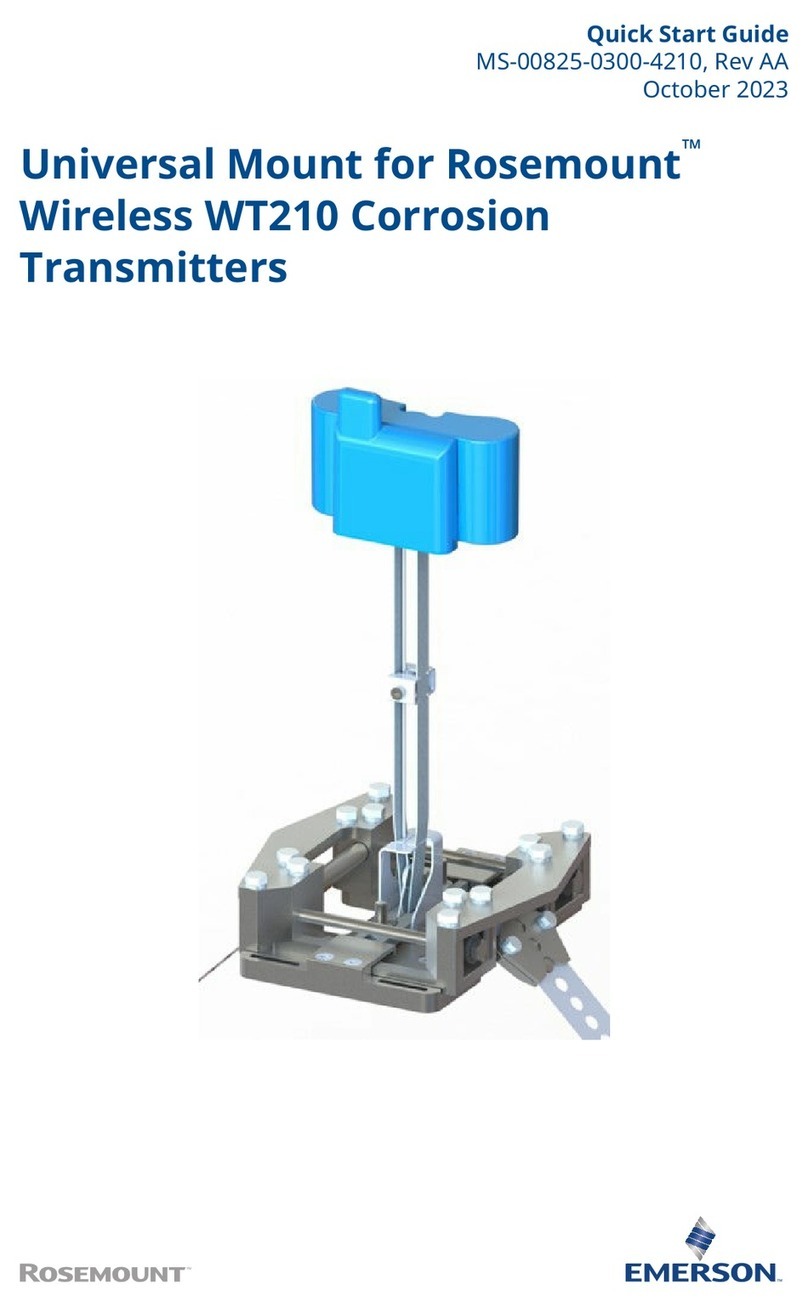
Emerson
Emerson Rosemount Wireless Permasense WT210 User manual

Emerson
Emerson Rosemount 2051 User manual
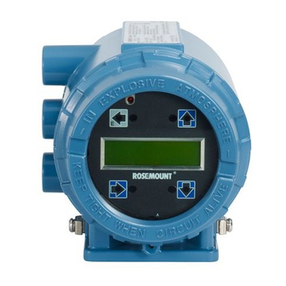
Emerson
Emerson Rosemount 8732E User manual

Emerson
Emerson Rosemount 2051 User manual
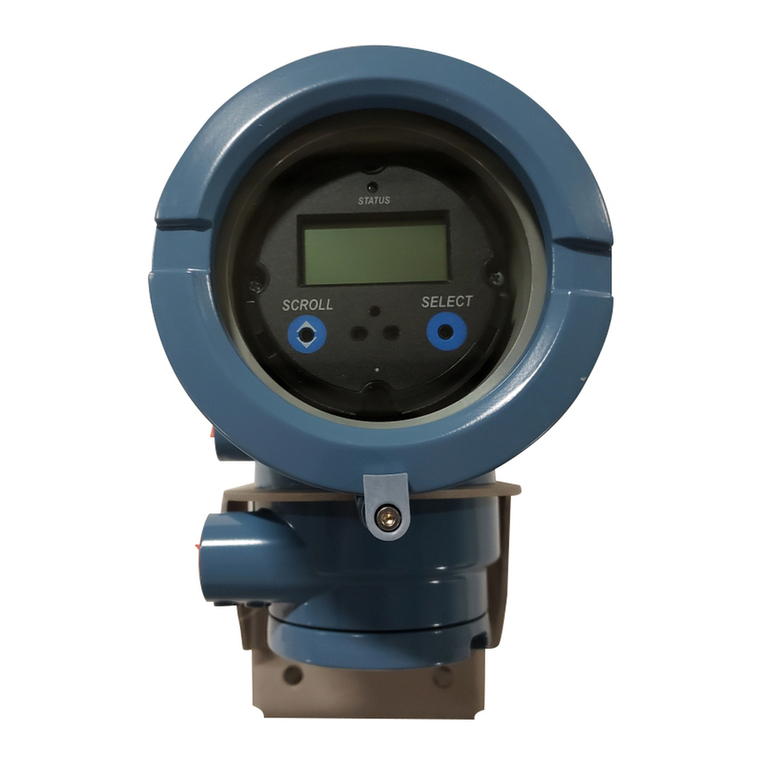
Emerson
Emerson MICRO MOTION 2700 Quick guide
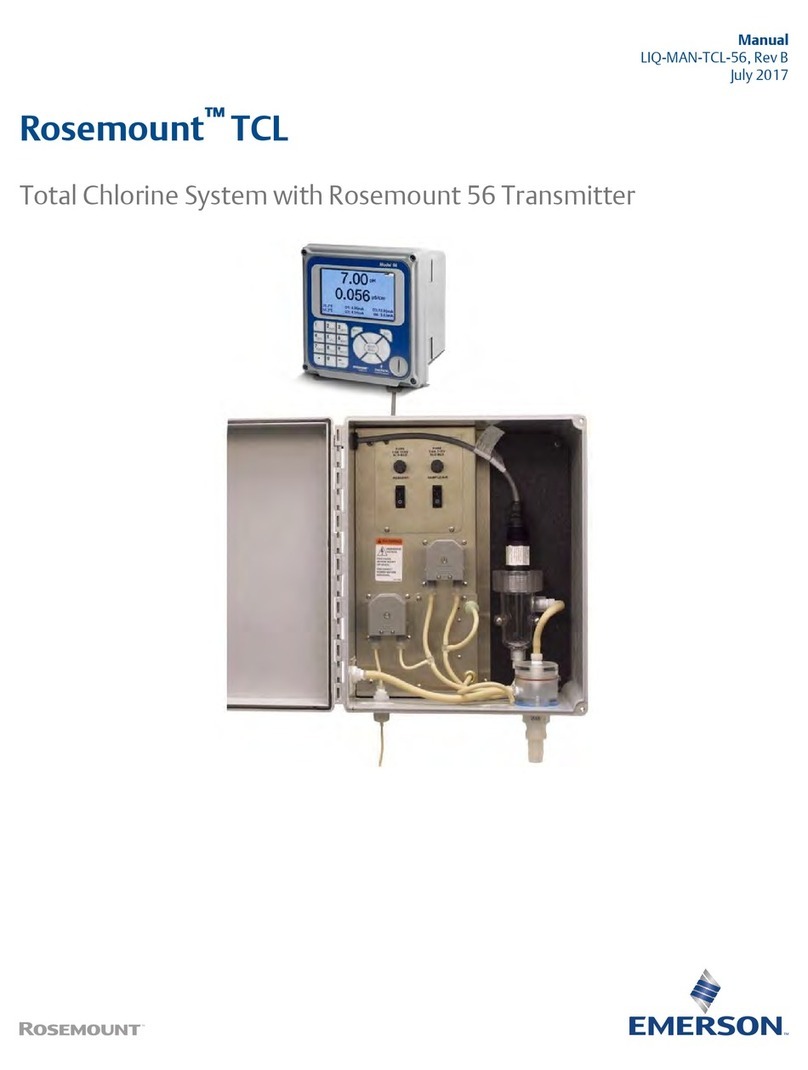
Emerson
Emerson Rosemount TCL User manual
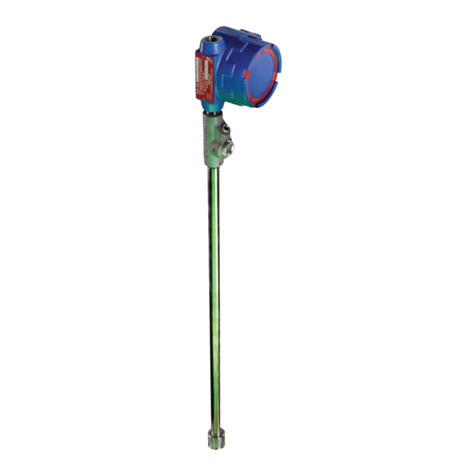
Emerson
Emerson PENBERTHY MGT-362 Manual
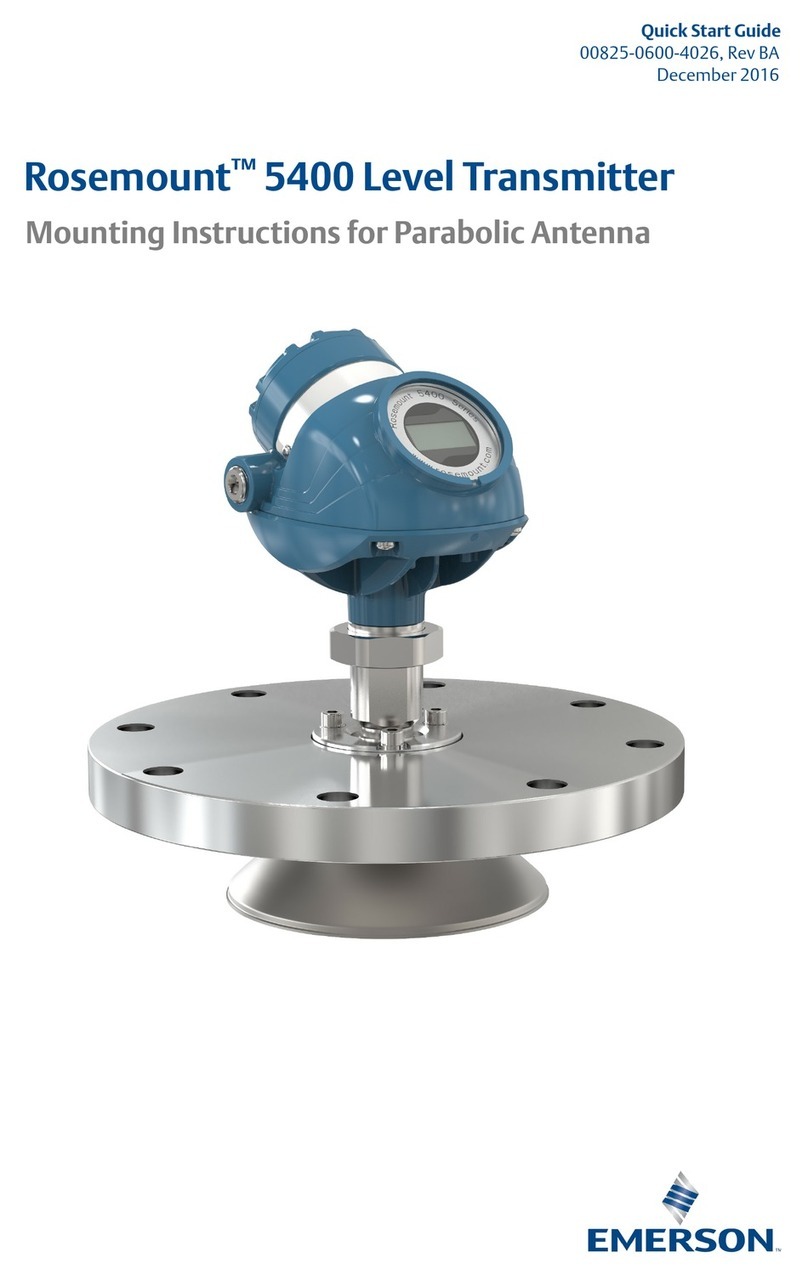
Emerson
Emerson Rosemount 5400 Series User manual
Popular Transmitter manuals by other brands
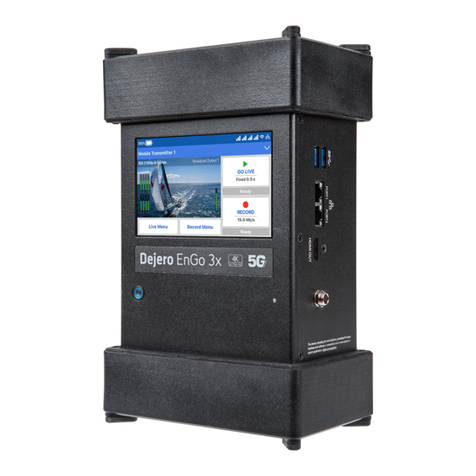
Dejero
Dejero EnGo 3x manual

Rosemount
Rosemount 4600 Reference manual

Speaka Professional
Speaka Professional 2342740 operating instructions

trubomat
trubomat GAB 1000 instruction manual

Teledyne Analytical Instruments
Teledyne Analytical Instruments LXT-380 instructions
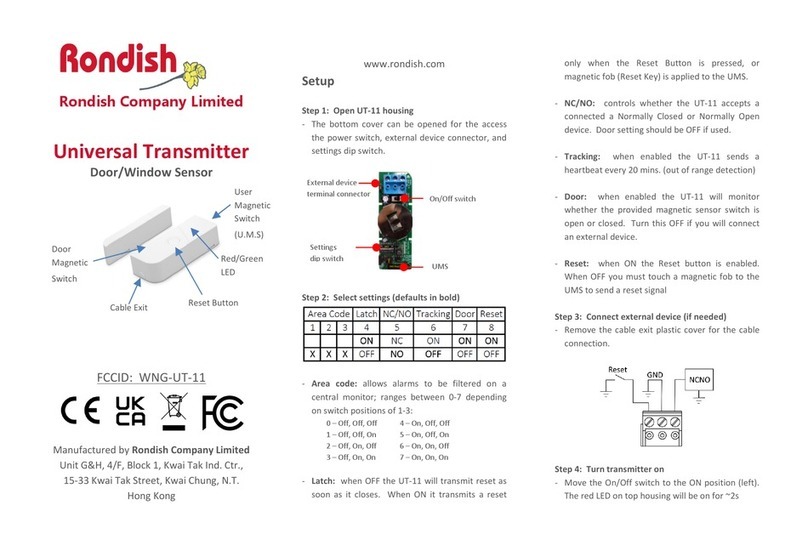
Rondish
Rondish UT-11 quick start guide
